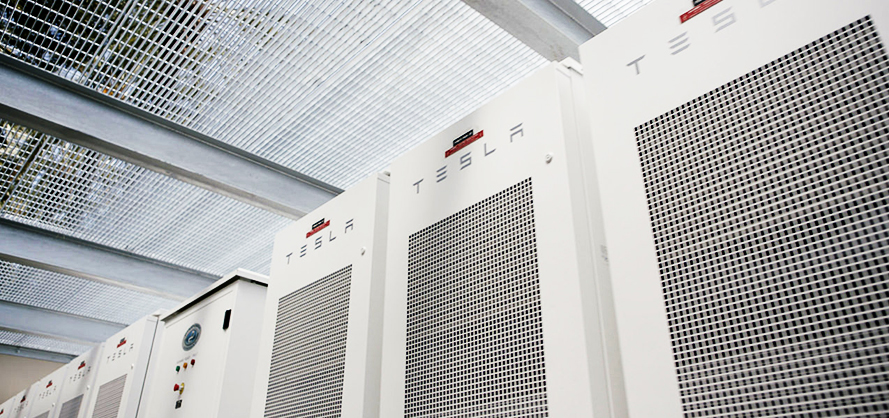Until 2017, most residential battery storage systems were installed off the grid. However, GTM Research says 2017 is the year that changes, and changes dramatically.
If GTM’s new report – The Residential Battery Storage Playbook 2017 – is correct, installations of grid-tied residential batter storage systems will surpass off-grid and grid independent ones for the first time.
Though GTM admits that it’s hard to count off-grid and grid-independent installations because of the nature of the deployments, their best estimate is that 4,400 residential battery systems were deployed in 2016, with 86% of them being off-grid or grid-independent.
The latest numbers on 2017, however, suggest a reversal of that trend. Instead, the report predicts 57% of 2017’s deployments will be grid-connected, with the percentage increasing to 99% by 2022. With a huge growth in the grid-tied segment, off-grid and grid-independent installations are expected to remain relatively flat.

“It is most instructive to think of the residential battery market not as a monolithic entity, but rather a patchwork quilt of geography and homeowner-specific applications that will be stitched together over time,” write the authors of the report. “Each application lends itself to a specific set of system requirements, which may potentially overlap with the requirements for other applications.”
“Further complicating the matter, homeowner preferences and site-specific constraints may alter or limit what can be achieved by a given system,” they continued.
Currently, only a few markets like Hawaii, California and some northeastern states have the right mix of applications and regulations to fuel a battery storage revolution, but GTM expects falling prices and rate design (among other factors) will drive significant market expansion.
“The underlying drivers of product-market fit, and hence industry growth, point toward a robust future outlook for residential battery storage,” write the authors. “The market has the potential to dramatically evolve over time, and industry stakeholders can drive that evolution through technology, product and regulatory efforts.”
This content is protected by copyright and may not be reused. If you want to cooperate with us and would like to reuse some of our content, please contact: editors@pv-magazine.com.



2 comments
By submitting this form you agree to pv magazine using your data for the purposes of publishing your comment.
Your personal data will only be disclosed or otherwise transmitted to third parties for the purposes of spam filtering or if this is necessary for technical maintenance of the website. Any other transfer to third parties will not take place unless this is justified on the basis of applicable data protection regulations or if pv magazine is legally obliged to do so.
You may revoke this consent at any time with effect for the future, in which case your personal data will be deleted immediately. Otherwise, your data will be deleted if pv magazine has processed your request or the purpose of data storage is fulfilled.
Further information on data privacy can be found in our Data Protection Policy.